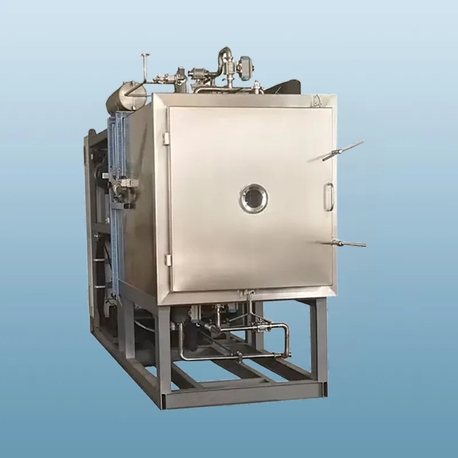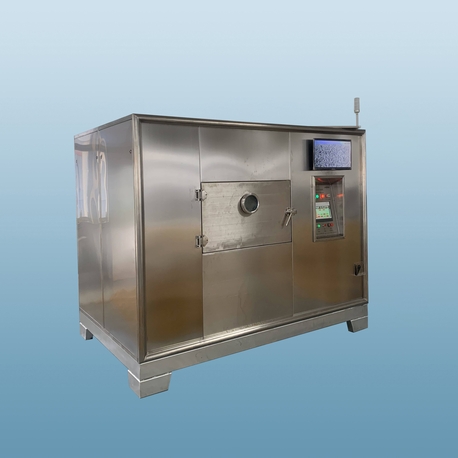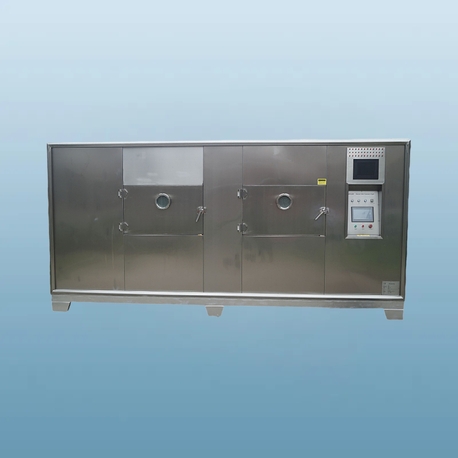When it comes to commercial food processing, efficiency and quality are non-negotiable. In my years working with industrial drying systems, I’ve seen how a well-designed mushroom dehydrator can make or break a operation. Whether you’re in food manufacturing, pharmaceuticals, or agriculture, dehydrating mushrooms isn’t just about removing moisture—it’s about preserving nutrients, extending shelf life, and maximizing profitability. Brands like Nasan have stepped up with robust solutions that cater to these demands, and in this article, I’ll walk you through the ins and outs of using a mushroom dehydrator effectively. We’ll cover its core functions, practical operation, diverse applications, and how it addresses common industry pain points. By the end, you’ll have a clear roadmap to leverage this equipment for your business.
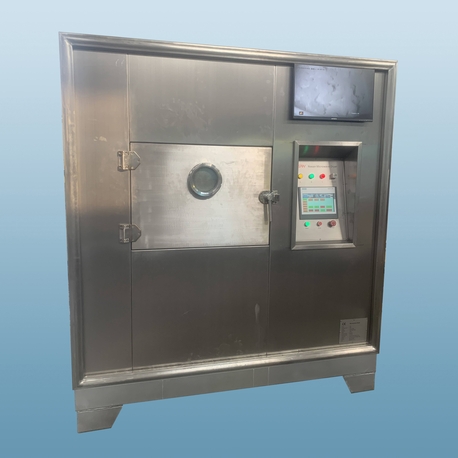
Understanding the Role of a Mushroom Dehydrator in Modern Industry
A mushroom dehydrator is more than just a drying machine; it’s a precision tool designed to remove water content from mushrooms while retaining their nutritional value, flavor, and texture. In commercial settings, this isn’t a luxury—it’s a necessity. Why? Because fresh mushrooms are highly perishable, with a short shelf life that can lead to significant waste if not processed quickly. By using a commercial-grade mushroom dehydrator, businesses can reduce spoilage, cut costs, and tap into markets for dried products like soups, supplements, and snacks.
The key advantages include enhanced preservation, which locks in essential vitamins and minerals, and improved storage efficiency—dehydrated mushrooms take up less space and are easier to transport. Moreover, a high-quality mushroom dehydrator allows for consistent results batch after batch, which is critical for meeting industry standards. For instance, in my visits to processing plants, I’ve noticed that operations using reliable models, such as those from Nasan, report fewer rejections and higher customer satisfaction. This isn’t just about drying; it’s about building a sustainable supply chain.
Step-by-Step Operation of a Commercial Mushroom Dehydrator
Operating a mushroom dehydrator might seem straightforward, but in an industrial context, precision is everything. Here’s a practical breakdown of the process, based on standard protocols I’ve seen in action:
Preparation and Loading: Start by selecting fresh, clean mushrooms—any signs of decay can affect the entire batch. Slice them uniformly to ensure even drying. In large-scale operations, this is often automated, but manual checks are still vital. Load the mushrooms into the dehydrator trays, making sure not to overcrowd them. Proper airflow is crucial here; a clogged tray can lead to uneven dehydration and mold growth.
Setting Parameters: Modern mushroom dehydrator units come with customizable settings for temperature, humidity, and time. For most mushrooms, a temperature range of 40-60°C (104-140°F) works well, but this can vary based on mushroom type and desired moisture content. I recall a client who adjusted their Nasan dehydrator to a lower temperature for shiitake mushrooms to preserve their umami flavor—resulting in a premium product that sold out quickly.
Initiating the Drying Cycle: Once settings are locked in, start the cycle. The mushroom dehydrator uses heated air circulation to gradually remove moisture. This phase can take several hours to a day, depending on the machine’s capacity and the initial moisture levels. Monitoring is key; many industrial models include sensors that alert operators to any deviations.
Quality Checks Mid-Process: About halfway through, I recommend spot-checking samples for consistency. Look for pliability—if the mushrooms snap easily, they might be over-dried. A good mushroom dehydrator will have viewing windows or digital readouts to simplify this.
Unloading and Packaging: After the cycle ends, allow the mushrooms to cool before handling. They should be brittle but not dusty. Package them in airtight containers to prevent rehydration. In facilities using Nasan dehydrators, I’ve seen this step integrated with conveyor systems for seamless workflow.
This process not only ensures product quality but also highlights how a reliable mushroom dehydrator can streamline operations. Skipping any step can lead to losses, so training staff is as important as the equipment itself.
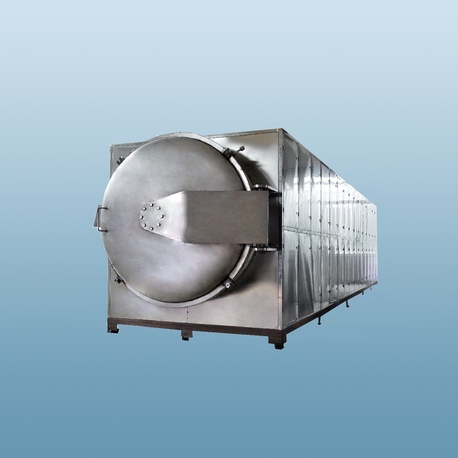
Diverse Applications of Mushroom Dehydrators Across Industries
The utility of a mushroom dehydrator extends far beyond basic food preservation. In fact, its versatility makes it a staple in multiple sectors. Let’s explore some key areas:
Food and Beverage Industry: Here, dehydrated mushrooms are used in everything from instant noodles to gourmet seasonings. A commercial mushroom dehydrator enables mass production with consistent quality, helping brands maintain supply for global distribution. For example, companies partnering with Nasan often leverage their dehydrators for organic lines, where natural preservation is a selling point.
Pharmaceutical and Nutraceutical Sectors: Mushrooms like reishi and cordyceps are prized for their health benefits, and dehydration concentrates their active compounds. A precision mushroom dehydrator ensures that these sensitive ingredients aren’t degraded by heat, meeting strict regulatory standards. I’ve worked with labs that use Nasan models for R&D, thanks to their accurate temperature control.
Agriculture and Export Businesses: For mushroom farmers, a dehydrator is a game-changer. It allows them to process surplus harvests into value-added products, reducing waste and increasing revenue. In regions with high humidity, like Southeast Asia, a robust mushroom dehydrator is essential to prevent spoilage during transit.
Sustainable and Specialty Markets: With the rise of plant-based diets, dehydrated mushrooms are in demand as meat substitutes. A high-capacity mushroom dehydrator supports this trend by enabling large-scale production without compromising on sustainability. Brands like Nasan often emphasize energy-efficient designs, which appeal to eco-conscious consumers.
In each of these fields, the mushroom dehydrator isn’t just a tool—it’s a strategic asset that drives innovation and efficiency.
Solving Common Challenges with a Mushroom Dehydrator
Every industrial process has its hurdles, and dehydration is no exception. However, a well-chosen mushroom dehydrator can turn these challenges into opportunities. Here are some common issues and how to address them:
Inconsistent Drying: This often stems from poor airflow or uneven loading. Solution? Opt for a mushroom dehydrator with multi-directional fans and adjustable trays. In one case, a facility switched to a Nasan model with enhanced ventilation and saw a 20% drop in rejected batches.
Energy Consumption: Industrial dehydrators can be power-hungry, but modern units are designed for efficiency. Look for features like insulated chambers and programmable cycles that reduce idle time. A mushroom dehydrator with heat recovery systems, like some Nasan offerings, can cut energy costs by up to 30%.
Maintenance and Downtime: Regular cleaning is a must to prevent residue buildup, which can harbor bacteria. A user-friendly mushroom dehydrator with removable parts makes this easier. I advise scheduling maintenance during off-peak hours to minimize disruption.
Scalability: As businesses grow, so do their dehydration needs. A modular mushroom dehydrator allows for easy expansion. For instance, Nasan’s range includes stackable units that can be scaled without major overhauls.
Product Quality Degradation: Over-drying or high temperatures can destroy nutrients. The fix? Use a mushroom dehydrator with precise controls and humidity sensors. In my experience, models that offer real-time data logging help operators make on-the-fly adjustments.
By investing in the right equipment, such as a Nasan mushroom dehydrator, businesses can overcome these obstacles and achieve reliable, high-quality output. It’s about matching technology to your specific needs.
In the fast-paced world of industrial processing, a mushroom dehydrator is more than a piece of equipment—it’s a cornerstone of efficiency and quality. From preserving delicate flavors to enabling large-scale production, its impact is profound. As we’ve seen, understanding its operation, applications, and problem-solving capabilities can transform your business outcomes. Brands like Nasan have consistently delivered solutions that meet these demands, blending innovation with practicality. If you’re considering integrating or upgrading a mushroom dehydrator in your operations, focus on precision, scalability, and reliability. Remember, in dehydration, the details make all the difference.
Frequently Asked Questions About Mushroom Dehydrators
Q1: What is the average drying time for mushrooms in a commercial dehydrator?
A1: The drying time varies based on factors like mushroom type, thickness, and the dehydrator’s specifications. Generally, it ranges from 6 to 24 hours in a commercial mushroom dehydrator, with temperatures set between 40-60°C for optimal results.
Q2: Can a mushroom dehydrator be used for other foods or materials?
A2: Yes, many industrial mushroom dehydrator models are versatile and can handle herbs, fruits, vegetables, and even certain pharmaceuticals. However, it’s important to adjust settings to avoid cross-contamination and ensure each product’s specific requirements are met.
Q3: How do I clean and maintain a mushroom dehydrator to ensure longevity?
A3: Regular maintenance includes wiping down trays and interiors with food-safe disinfectants, checking filters for blockages, and calibrating temperature sensors periodically. For brands like Nasan, following the manufacturer’s guidelines can prevent downtime and extend the machine’s life.
Q4: What are the energy efficiency considerations for a large-scale mushroom dehydrator?
A4: Look for features such as programmable timers, insulated housing, and energy recovery systems. A well-designed mushroom dehydrator can reduce electricity usage by optimizing heat distribution and minimizing cycle times, which is crucial for cost-effective operations.
Q5: How does a mushroom dehydrator compare to traditional sun-drying methods?
A5: Unlike sun-drying, which is weather-dependent and prone to contamination, a mushroom dehydrator offers controlled, consistent conditions that preserve quality and safety. It’s faster, more reliable, and better suited for commercial scales, ensuring compliance with health standards.




